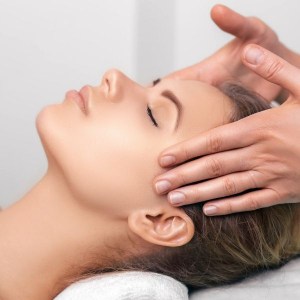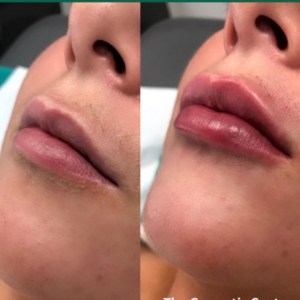Amid growing concerns over cosmetic treatments being done at inappropriate settings, the Independent Healthcare Advisory Services (IHAS) is launching a voluntary register of injectable cosmetic treatment providers for botox and dermal fillers.
After its start in the early 90’s for cosmetic purposes, Botox has continued to be in use by people from all walks of life, such as celebrities and regular folk. It works to reduce wrinkling when people make facial gestures by paralysing nerves in the upper face. Dermal fillers on the other hand, fill in imperfections on the lower face and can also produce a lip pout or bigger cheeks.
Despite undoubted risks, many still continue to turn to these treatments. Currently in the UK, there are over 5,000 providers carrying out nearly 200,000 treatments each year. Some of the fillers offer temporary solutions, while others are permanent. With so many providers, it’s about time more regulation was put in place for the safety of consumers.
The new register requires treatment providers to pay registration and annual fees, in addition to promising a face-face consultation with all clients prior to any treatment. Providers must also ensure that the treatments take place in a safe and sterile environment by either a doctor, dentist, or registered nurse. The IHAS has yet to disclose where the collected fees will go and how they will be put to use.
Though some say it’s an attempt by the industry for self-regulation, heavy criticism has already started coming from plastic surgeons. A recent poll of the British Association of Aesthetic Plastic Surgeons concluded that only 4% would consider signing up. However, the consensus is that a separate set of new European regulations that are being discussed currently are said to likely be more robust and not disguised with other small changes not as widely known.
This registry begs the question for both providers and consumers, is it really worth it? The providers profit off consumers who wish to attain immortality in looking young, but the technical process for providers to keep their business in accordance with the law now seems quite tedious for the upkeep of such practices. Though it is pro-consumer by demanding more in standards, the future looks dim.

 According to new dermatology studies, there is a new method that uses a combination of soft dermal fillers and tissue tightening techniques that can practically rub out your wrinkles and renew old skin.
According to new dermatology studies, there is a new method that uses a combination of soft dermal fillers and tissue tightening techniques that can practically rub out your wrinkles and renew old skin. upper and lower lip may be treated at the same time or one may be treated alone. On the majority of sites where patients can discuss their cosmetic procedures only 50% of the women who have had lip augmentation were happy with the results. It is a simple procedure that can have great benefits, so why do so many people regret having it?
upper and lower lip may be treated at the same time or one may be treated alone. On the majority of sites where patients can discuss their cosmetic procedures only 50% of the women who have had lip augmentation were happy with the results. It is a simple procedure that can have great benefits, so why do so many people regret having it?








